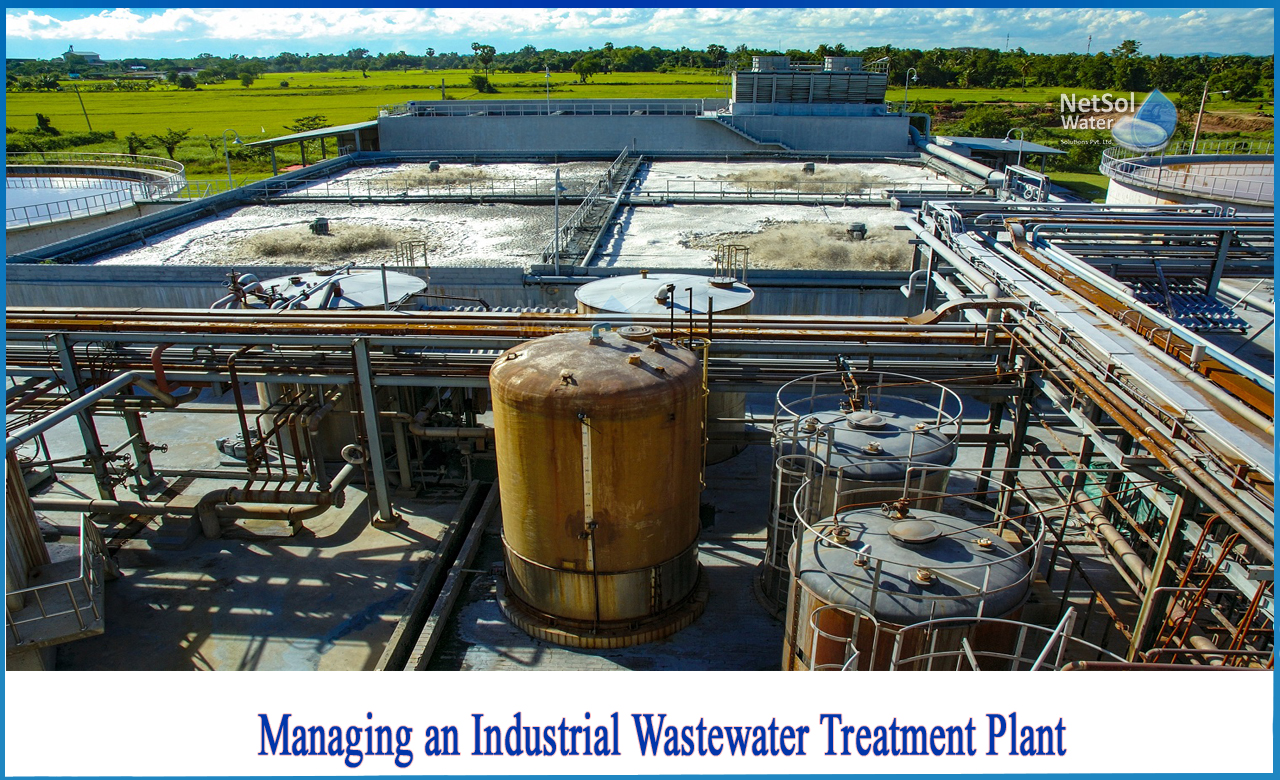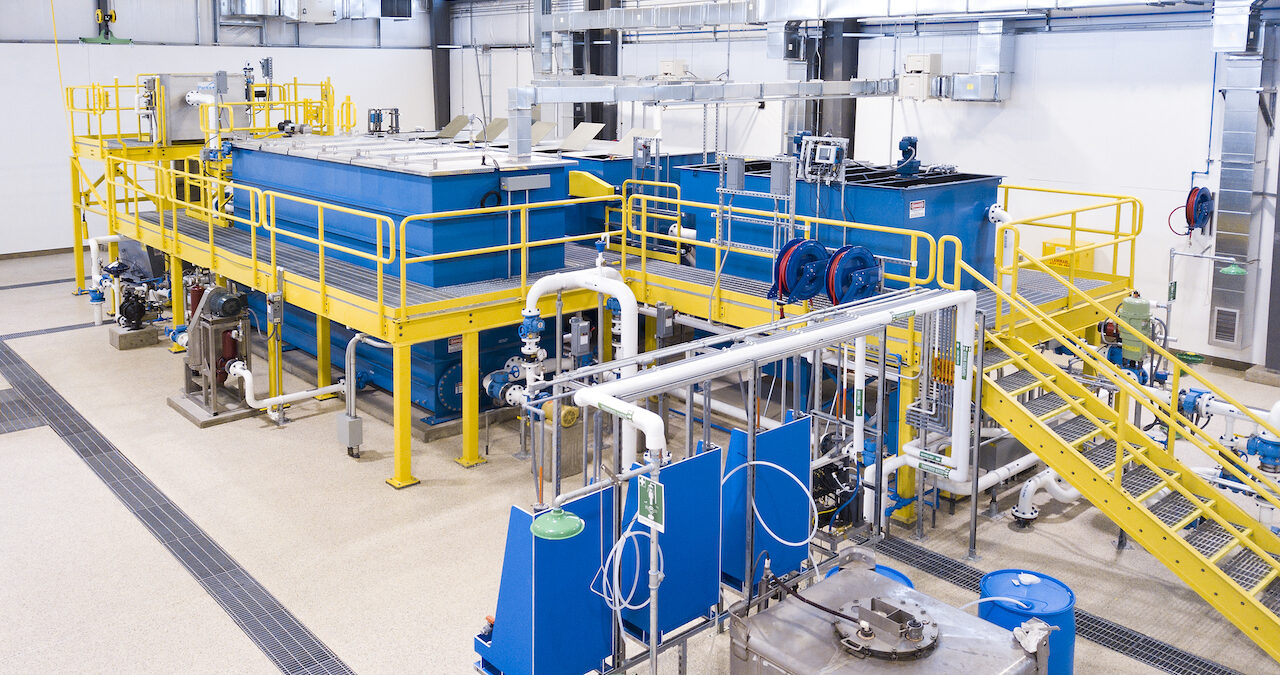Industrial Waste Water Treatment-- Cutting-Edge Technologies for Water Filtration
Industrial Waste Water Treatment-- Cutting-Edge Technologies for Water Filtration
Blog Article
Difficulties and Solutions in Industrial Waste Water Therapy
The therapy of commercial wastewater offers a complex range of difficulties, ranging from rigorous regulatory conformity to the details of cost management and technical constraints. The variability in waste make-up better makes complex the efficiency of typical treatment methods, typically resulting in escalated functional expenditures.
Regulatory Conformity Challenges
Exactly how can commercial centers browse the complex landscape of regulatory compliance in wastewater treatment? The regulatory structure regulating wastewater monitoring is complex, frequently varying by jurisdiction and kind of market.
To properly manage these conformity challenges, facilities ought to carry out robust tracking and reporting systems that guarantee real-time information collection and analysis. Routine audits and danger analyses can recognize possible compliance gaps, enabling for aggressive changes in treatment procedures. Staff member training programs concentrating on governing knowledge and finest methods are important to cultivate a culture of conformity within the company.
Furthermore, involving with regulatory firms can offer useful understandings and clear up ambiguous laws. Facilities might likewise benefit from seeking advice from ecological professionals who focus on wastewater therapy conformity, guaranteeing that they stay abreast of progressing laws. By embracing these strategies, industrial centers can not only fulfill compliance demands however also improve their functional performance and environmental stewardship.
Expense and Financial Obstacles
Navigating governing conformity in wastewater therapy commonly presents substantial economic difficulties for commercial facilities. The costs related to executing essential therapy innovations, maintaining compliance with rigid policies, and managing operational costs can be intimidating. Numerous organizations deal with high first capital expenses for the building and construction or updating of wastewater therapy plants, which might stress spending plans, specifically for medium-sized and small business.
Moreover, continuous operational prices, consisting of chemical, upkeep, and labor inputs, contribute to the monetary concern. The unpredictability of fluctuating power costs and the prospective requirement for added financial investments to meet evolving policies exacerbate these economic stress. In several cases, the lack of economic motivations or support from federal government bodies makes it much more challenging for services to justify investments in innovative therapy systems.
In addition, the economic viability of wastewater therapy solutions is often questioned, especially for sectors with limited profit margins. For that reason, it is crucial for commercial centers to explore affordable strategies, such as adopting innovative funding options, participating in collaborations, and leveraging arising technologies that can assist alleviate these financial barriers while ensuring conformity with ecological criteria.

Technical Limitations
Many technical limitations prevent the efficiency of commercial wastewater treatment processes. One substantial obstacle is the inadequacy of existing treatment innovations to address complex impurities.
Additionally, the scalability of treatment technologies postures an obstacle. While some advanced techniques, like membrane purification or sophisticated oxidation, show pledge in regulated atmospheres, their implementation on a larger range can be excessively pricey and practically tough. Maintenance and functional intricacies even more complicate the fostering of these systems, particularly for smaller industries with restricted technical experience.
The integration of real-time tracking technologies also remains inadequate in several treatment facilities. Without efficient tracking systems, drivers can not sufficiently analyze therapy efficiency or spot prospective failings, bring about inconsistent effluent top quality. Subsequently, dealing with these technological restrictions with study and growth, along with investment in cutting-edge services, is vital for enhancing the efficacy of industrial wastewater treatment and making certain regulative compliance. Industrial Waste Water Treatment.
Variability in Waste Composition
In the world of commercial wastewater treatment, the variability in waste composition offers a powerful difficulty. Industries produce wastewater with diverse characteristics, affected by variables such as production processes, raw products, and functional methods. This diversification makes complex the therapy procedure, as traditional systems frequently struggle to properly attend to the wide variety of pollutants existing.
For instance, wastewater from food processing might include high degrees of raw material, while effluents from chemical production might consist of hefty metals and dangerous substances. This difference requires versatile treatment strategies to make sure compliance with environmental regulations and shield public health and wellness. Furthermore, fluctuations in waste structure can occur gradually, influenced by modifications in manufacturing schedules, upkeep tasks, or the introduction of brand-new products.

Ingenious Treatment Solutions
Cutting-edge treatment solutions are necessary for attending to the complexities of commercial wastewater administration. Typical methods often fall brief in efficiently removing a variety of contaminants, specifically in facilities with diverse effluent streams. Current advancements focus on incorporating advanced innovations to enhance treatment effectiveness and sustainability.
One promising approach is using advanced oxidation procedures (AOPs), which utilize powerful oxidants to break down natural pollutants. AOPs, including photocatalysis and ozonation, can substantially lower harmful substances and enhance effluent top quality. In addition, membrane bioreactor (MBR) technology has gotten grip, incorporating organic therapy with membrane filtering, leading to high-grade effluent and reduced footprint.
One more ingenious option is the application of source recuperation systems. Strategies like anaerobic food digestion not just deal with wastewater yet additionally generate biogas, which can be harnessed as a renewable resource source. Additionally, the adoption of synthetic intelligence and artificial intelligence models can optimize therapy procedures by forecasting variants in wastewater make-up, consequently improving operational efficiency.
These innovative solutions not just Extra resources address regulative compliance yet likewise promote ecological sustainability, leading the method for a more efficient and resistant important source industrial ecosystem.
Verdict
In final thought, resolving the challenges of industrial wastewater treatment needs a multifaceted technique that incorporates regulatory compliance, cost administration, and technical innovations. A dedication to continuous improvement in treatment methods will inevitably add to the reliable monitoring of commercial wastewater and ecological protection.
The treatment of industrial wastewater offers a multifaceted range of difficulties, ranging from strict regulative compliance to the complexities of expense administration and technical limitations. Industrial Waste Water Treatment.Navigating regulatory compliance in wastewater therapy often presents significant economic obstacles for commercial facilities. Attending to these technological limitations through study and advancement, together with investment in cutting-edge remedies, is critical for boosting the efficacy of industrial wastewater treatment and making certain governing compliance
Wastewater treatment centers have to spend in robust monitoring systems and flexible therapy innovations capable of suiting differing influent characteristics.In conclusion, resolving the obstacles of industrial wastewater therapy needs a multifaceted strategy that incorporates regulatory conformity, price administration, and technological innovations.
Report this page